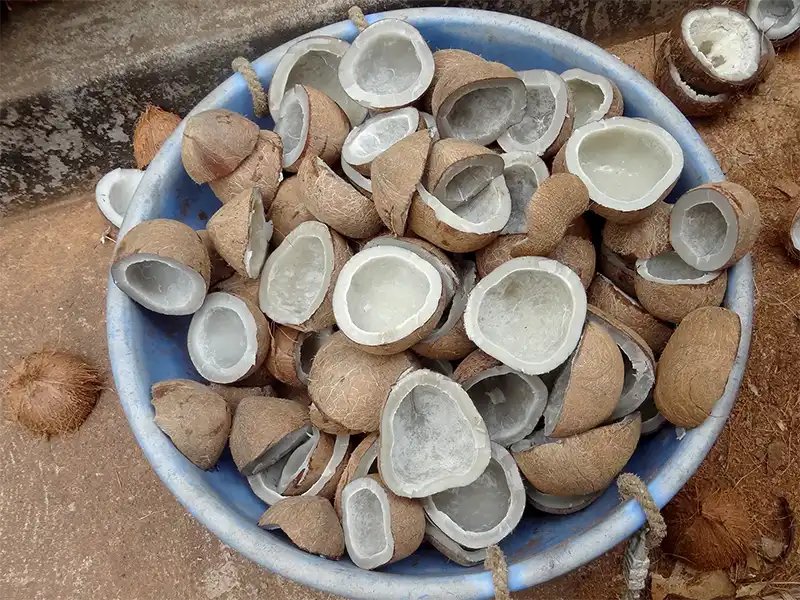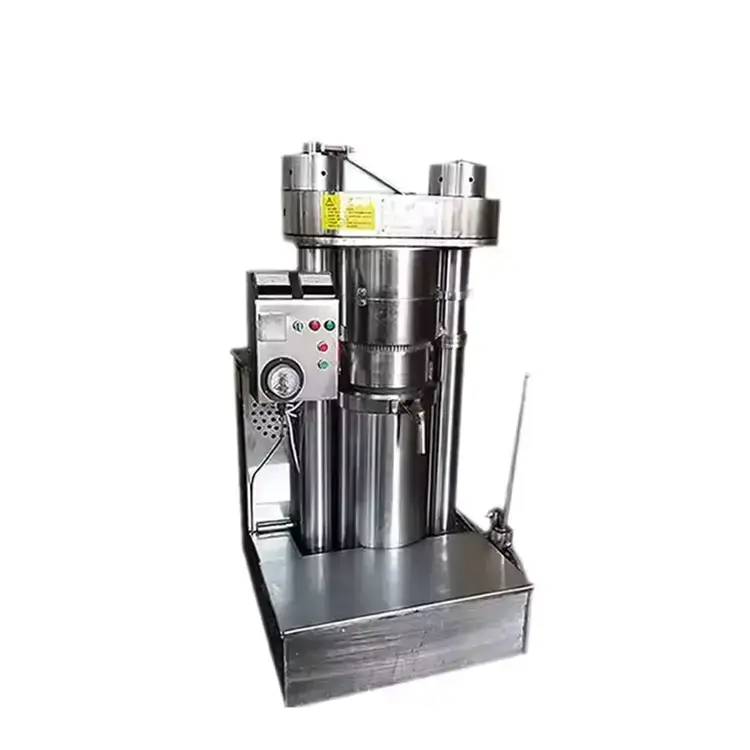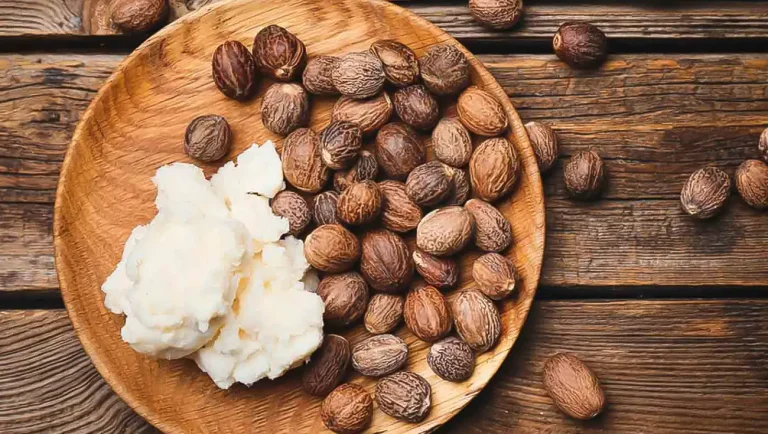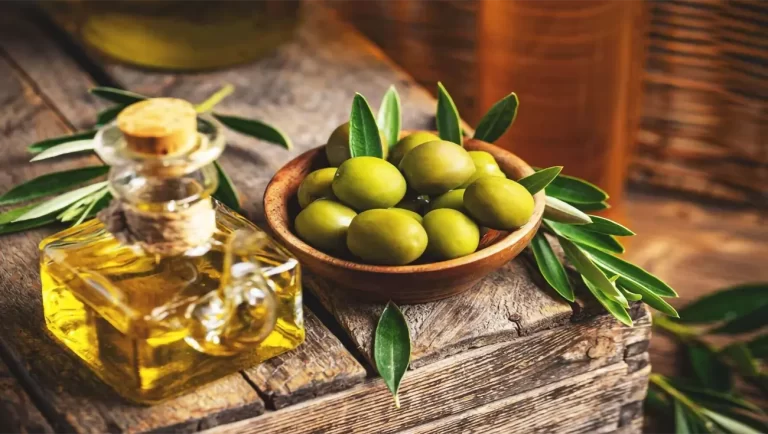Contact Us Now
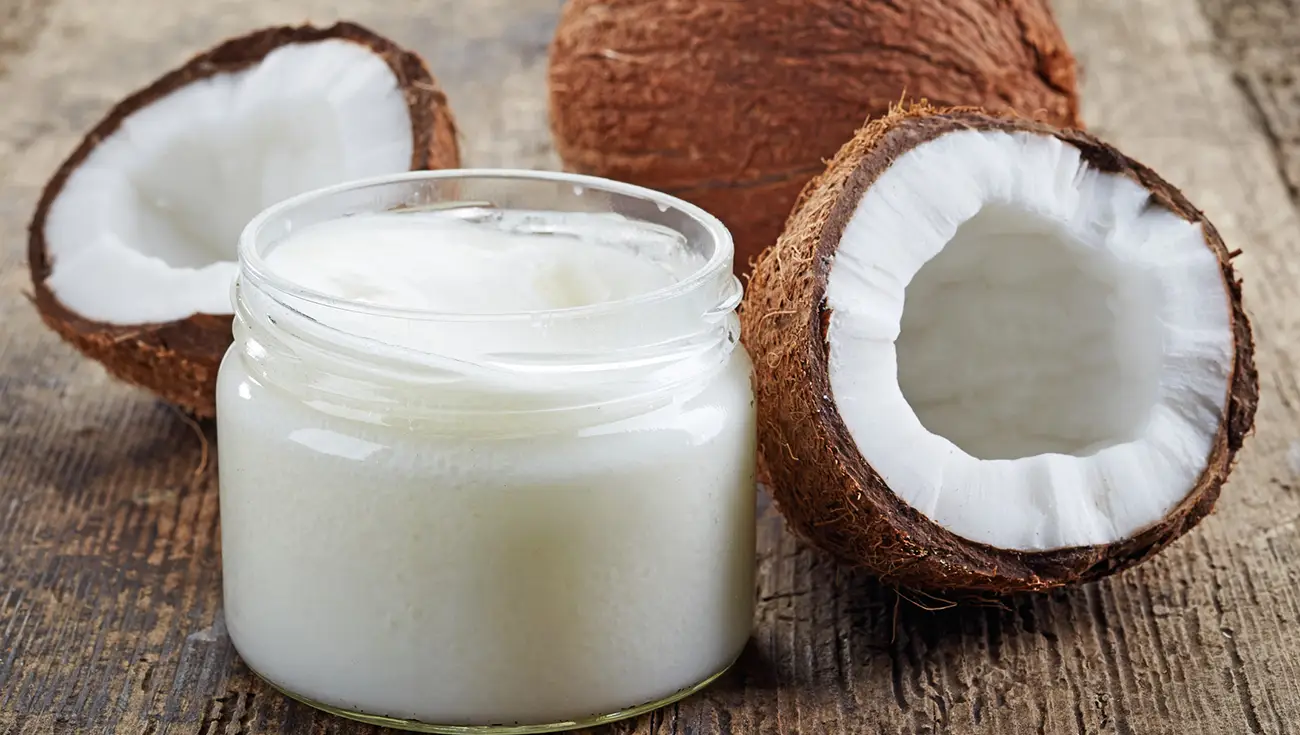
So, you’re thinking about getting into coconut oil production. It’s a market that’s buzzing with opportunity, but I know how overwhelming it can feel. Newcomers to the oil pressing industry probably wondering where to even start. From understanding the difference between virgin and refined oil to figuring out the right equipment, there’s a lot to consider. And you want to do it right, creating a product that people will love and a business that actually makes money. Well, you’ve come to the right place. We’re going to walk through the entire process, step-by-step. I’ll share what you need to know about the product itself, the market trends, and, most importantly, the practical steps for extraction and how to get the most oil yield from every single coconut. By the end, you’ll have a clear roadmap for turning those coconuts into liquid gold. Let’s get into it.
What is Coconut Oil?
You’ve seen it everywhere, but what really is coconut oil? At its core, it’s a plant-based oil pulled from the meat of mature coconuts. What strikes me as unique is that it’s solid at room temperature, looking like a soft, white cream, but melts into a clear liquid when it heats up.
The thing is, it’s almost 100% fat, and about 80-90% of that is saturated fat, made of medium-chain fatty acids (MCFAs), especially lauric acid. This specific makeup is why it’s a star in so many industries. The potential benefits of coconut oil include increasing HDL cholesterol, controlling blood sugar, reducing stress, etc. In the kitchen, it’s great for high-heat cooking because of its stability and mild taste. Beyond cooking, it’s used as a natural moisturizer, hair conditioner, and even in making soaps and detergents due to its foam-boosting traits. It’s even found in some pharmaceutical products as a carrier oil for vitamins. So, while you might hear conflicting reports, its unique composition gives it a special place in both kitchens and cosmetic labs, offering a ton of uses from health to beauty. Which is exactly the point.
Analyzing the Coconut Oil Market.
Is this market even worth getting into? I think the numbers speak for themselves. The global coconut oil market is experiencing steady momentum, growing from USD 5.98 billion in 2022 to a projected USD 10.65 billion by 2030, at a CAGR of 7.31%. This growth is fueled by rising demand across beauty, wellness, and food sectors — particularly in Asia-Pacific, which remains the largest revenue contributor.
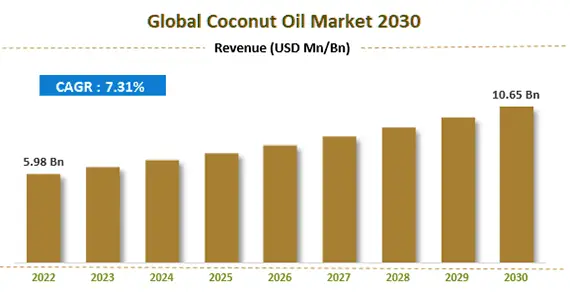
One key driver is the booming personal care industry. Coconut oil’s natural benefits for skin and hair — from hydration to anti-microbial properties — are propelling its use in shampoos, moisturizers, and massage oils. In fact, virgin coconut oil leads product sales due to its purity, mild aroma, and added nutritional appeal. Meanwhile, dry coconut dominates the source segment, valued for its high oil yield and ease of storage.
Geographically, India and Indonesia are at the heart of global production, with India alone contributing over 32% of global output. These countries not only supply raw materials but also set cultural trends around coconut oil usage in cooking and grooming. Additionally, the market is seeing innovation — such as herb-infused oils and multi-use organic formulations — attracting health-conscious consumers worldwide.
The surge in demand for clean-label, organic products presents strong upside potential. As brands invest in transparency and functional benefits, coconut oil’s versatility and heritage positioning give it a competitive edge in both emerging and mature markets.
What this tells us is that the market isn’t just surviving; it’s thriving. And that’s a good sign for anyone looking to invest.
How to Extract Coconut Oil?
Our customer service often receives requests for help from coconut oil newcomers from different regions. Just last month, Anita from Ghana told us about the difficulty she faced maintaining the right pressing temperature during coconut oil extraction. After a quick consultation with our technical team, we recommended a temperature-regulated oil press with a built-in digital sensor. Now, Anita reports smoother operations and clearer, higher-quality virgin coconut oil—plus less time spent cleaning the equipment.
You’re probably wondering how you get from a hard, hairy coconut to that smooth, fragrant oil. The process isn’t as simple as you might think, and the specific method used is what separates high-quality virgin coconut oil from the regular stuff.
How do you actually get oil out of a coconut? Basically, there are two main paths you can take: the dry process and the wet process. I’ve seen companies succeed with both, But the final choice depends on the commercial route of the product you are selling.
1. Pre-processing the Coconuts
Before you even think about pressing, you need to get the coconuts ready. This part can be pretty labor-intensive, especially on a smaller farm.
- Harvesting and De-husking: First, you need mature brown coconuts, usually 10-12 months old. They have the most oil. The fibrous outer husk is pulled off. This husk, or coir, can actually be sold for other uses, like making ropes or doormats, so it’s not just waste.
- Draining the Water: Next, you drill a hole and drain the coconut water. This fresh water can be bottled and sold as a product itself, making use of every bit of the coconut.
- De-shelling: After the water is out, the hard inner shell is removed. This shell can be used as fuel or even turned into activated charcoal.
- Removing the Testa: Then comes the “testa,” which is a thin brownish layer between the shell and the white meat. For the purest, whitest coconut oil, especially virgin types, this layer is usually peeled off. If you leave it on, the oil might be a bit darker and often sold as part of “copra oil.”
- Grinding/Shredding: The clean, white coconut meat is then ground or shredded into smaller pieces. This makes it easier to dry and extract the oil later.
Prepare the shelled and peeled coconut
2. Drying or Pre-treating the Coconut Meat
This step is critical and depends on whether you’re going for a dry or wet process.
- Dry Process (for Refined or some Cold-Pressed Oil): The shredded coconut meat is dried. This is where quality control comes in. For refined oils, “copra” is made by drying the meat in the sun, smoke, or kilns. It can 6-8 days, and sometimes the copra gets moldy or rancid, so the oil needs heavy refining later. For high-quality cold-pressed oils, though, you’ll use gentle, controlled drying (like in an indirect hot air dryer or fluidized bed dryer) at lower temperatures (under 45°C or 113°F) to reduce moisture content to about 3-4% without cooking the meat. This minimal heat keeps the oil’s natural qualities intact.
- Wet Process (for Virgin Coconut Oil): Instead of drying, the fresh shredded coconut meat is often pressed immediately to extract coconut milk. This milk is an emulsion of oil and water that needs further separation.
3. Oil Extraction
This is where the actual oil comes out!
- Mechanical Pressing (Expeller Press): For the dry process (and some wet processes after drying), the dried shredded coconut (copra or desiccated coconut) is fed into a Hydraulic oil press, also known as an expeller press. This machine uses immense pressure to squeeze the oil out of the solid material. For a really high oil yield, some operations press the material twice, or use a dual-press design to achieve maximum extraction in one pass. The temperature during pressing is often controlled with cooling systems, especially for “cold-pressed” virgin oils, to prevent discoloration.
- Fermentation (Wet Process): Another wet method involves fermentation. You let the coconut milk sit in vats for 24-48 hours. Naturally occurring enzymes and bacteria break down the emulsion, causing the oil to separate from the water and protein layers. The oil is then skimmed off. This is a traditional, low-tech method, but it can sometimes result in a shorter shelf life or a “fermented” odor if not done carefully.
- Enzymatic Extraction: This is a more modern wet process. Specific enzymes are added to the coconut milk to help break the oil-water emulsion, releasing the oil. This can offer higher yields and good oil quality.
Hydraulic oil press can preserve the natural flavor of coconut.
For premium cold-pressed coconut oil, gentle extraction is key. Our hydraulic press applies gradual pressure (<40°C), avoiding heat damage to nutrients like lauric acid. Its unique dual-filter chamber removes 99.2% of impurities while retaining delicate aroma compounds – yielding golden, sediment-free oil with 30% longer shelf life. Ideal for small-batch producers valuing purity over speed.
4. Filtration
Once the crude oil is extracted, it’s not quite ready for sale. It will still contain tiny solid particles and some moisture.
- Initial Filtration: The crude oil is usually passed through a filter press. The oil filter can be a plate and frame filter press, a centrifugal oil filter or a candle filter press. This step removes larger solid impurities, making the oil clearer.
- Fine Filtration (Optional but Recommended): For high-quality products, especially virgin coconut oil, further filtration might be needed to remove even finer particles. This can involve more advanced filter media or additional settling tanks, sometimes combined with vacuum dehydration to remove trace moisture. For specific coconut oil filtration options, please see the detailed comparison table below.
5. Packaging
After filtration, the clean oil is ready for packaging.
- Storage Tanks: The filtered oil is often stored in clean, stainless steel tanks before packaging.
- Filling and Sealing: The oil is then filled into bottles, jars, or pouches, depending on the market and product type. Automated filling machines are used for commercial scale. The containers are then sealed to prevent contamination.
- Labeling: Finally, labels are applied with product information, nutritional facts, and branding.
So, while you might think about just buying a press, setting up successful coconut oil production is actually a full journey from raw nut to finished product, each step influencing the final oil. I recommend that you configure the relevant coconut oil extraction equipment and the entire production line based on your local circumstances and budget.
- Small-Scale Farm/Village Operations: If you’re running a small farm or village operation, you might use simpler, more manual methods. For example, the fermentation method for virgin coconut oil is very low-tech and can be done with basic equipment like vats and ladles. Drying might involve sun-drying. Your initial budget might be smaller, so you’d look for simple Hydraulic oil press or even manual presses for dry extraction. The filtering might be done with muslin cloth and simple settling.
- Medium-to-Large Commercial Operations: For a medium or large commercial setup, you’re looking at more automated and specialized machinery. This includes industrial-grade Hydraulic oil press, centrifuges for wet processing, and advanced filtration systems (plate-and-frame filters, vacuum dehydrators). These operations require a higher initial investment but offer greater efficiency, higher yield, consistent quality, and a longer shelf life for the product, allowing you to meet larger market demands and potentially export.
How to Increase Coconut Oil Yield?
We all know that in this business, every drop counts. So, how do you make sure you’re getting the maximum oil yield from your coconuts? I’ve seen firsthand how small tweaks can make a big difference in profits. It’s not about magic; it’s about being smart with your process.
- First, get your raw materials right. You have to use fully mature coconuts. Green, younger coconuts just don’t have the same oil content. Simple as that.
- Next, and this is probably the most important part, you have to control the moisture in your copra. If it’s too damp (over 8-10% water), the oil gets trapped and you’ll have a much lower oil yield. But if it’s too dry, you can run into other issues. Getting it just right is the sweet spot.
- Also, don’t overlook your equipment. Are you using the right temperature and pressure settings on your press? A little bit of heat can help the oil flow more freely, but too much can hurt the quality. For example, keep your temp at around around 60 °C (140 °F) during pressing gives significantly higher oil yield, while virgin or cold-pressed coconut oil seeks to avoid overheating. Oil is ideal when kept under ~40 °C (104 °F), often even 30–37 °C, to preserve color, flavor, nutrients, and antioxidants.
- And keeping your machines clean and well-maintained prevents losses from downtime and inefficiency. For example, a commercial operation in Germany I worked with increased its output by 15% just by fine-tuning their press settings and doing daily maintenance. Such as Daily cleaning (wiping, compressed air, rinse) keeps the machine hygienic and efficient, Periodic lubrication and oil checks preserve mechanical integrity and scheduled major maintenance prevents wear-related breakdowns. If equipped with CIP (Clean-In-Place) systems, enable automated, thorough internal cleaning.
These details might seem small, but they add up to a much healthier bottom line.
Coconut Oil Yield and Oil Filtering Methods.
Let’s talk numbers and the final, crucial step: filtering. Are you wondering what a realistic oil yield looks like? When you press dry copra, you can typically expect to extract about 63% to 70% of its weight as oil. That’s a pretty good return. So, if you process a ton of copra, you’re looking at around 630-700 kilograms of oil. Here below is a table of 2 methods of coconut oil extracting, their temp range and oil yield.
| Process Type | Temperature Range | Oil Yield (% by weight) |
|---|---|---|
| Dry (Copra) | 104–110 °C → 93–102 °C | ~60–70% (with double press) |
| Wet–Dry hybrid (VCO) | Dry at 40–50 °C, press ≤50 °C | ~46–49% |
Now, that oil that comes straight out of the press is what we call crude oil. It’s cloudy and full of tiny solids. And that’s why filtering isn’t just a suggestion—it’s essential for any commercial product. Why? First, appearance. Customers buy with their eyes, and nobody wants to buy murky oil. Second, and more importantly, is shelf life. Those tiny particles and any leftover moisture will make the oil go rancid much faster. Filtering them out ensures your coconut oil stays fresh and stable for a long time. There are a few ways to do it, from simple sedimentation for small batches to using a professional plate-and-frame filter press, which is standard for medium-sized producers.
In my experience, investing in a good filtering system is one of the smartest moves a producer can make. It protects your product’s quality and your brand’s reputation. Here’s some different filtering methods for coconut oil, how they work, their advantages and disadvantages.
| Filtration Method | How It Works | Advantages | Disadvantages |
|---|---|---|---|
| Centrifugal oil filte | Spins oil at high speed to separate solids and water via centrifugal force. | Fast and efficient, No consumables, High removal rate | Generates heat (may affect oil quality), High power use, Less effective for fine gums |
| Pneumatic oil filte | Uses compressed air to push oil through filters. | No electricity needed, Simple and low maintenance, Gentle on oil quality | Lower precision, Small capacity, May introduce bubbles |
| Vacuum oil filte | Uses vacuum to draw oil through filters, removing water and gases. | Removes moisture and air, Improves shelf life, Good for fine particles | Expensive, Slower output, Requires sealed setup |
| Plate & Frame Oil Filter Press(Press) | Presses oil through filter cloth between plates under pressure. | Very clear oil, Precise filtering, Scalable for batch processing | Manual cleaning, Labor-intensive, Not continuous operation |
It’s clear that coconut oil is a market with huge potential, but success depends on doing it right. You need to choose the right raw materials, nail your extraction process, and never skip the final filtering step. Each stage, from controlling the moisture of your copra to maximizing your oil yield, plays a key role in creating a high-quality product that stands out.
I understand that finding the right equipment to build a reliable and efficient production line can be a major hurdle. If you’re ready to take the next step but are feeling unsure about the right machinery, let’s talk. Here at GQ Agri, we specialize in helping businesses like yours set up for success from day one. Contact us today to discuss how we can equip your coconut oil venture for maximum profitability and quality.
Have questions about starting a cold pressed oil business?
Our team will help you choose the right oil press model and start making a profit.
What is the main difference between virgin and refined coconut oil?
The main difference is the extraction process. Virgin coconut oil is made from fresh coconut meat without high heat or chemicals, while refined oil is made from dried coconut meat (copra) and undergoes more processing.
How much oil can I expect from one coconut?
On average, one mature coconut can produce about 100-150 grams of oil. However, this oil yield depends heavily on the coconut’s size, maturity, and the efficiency of your extraction method.
Is filtering coconut oil absolutely necessary?
Yes, filtration is essential for any vegetable oil product. It removes impurities, improves the oil’s appearance and stability, and extends its shelf life by preventing it from going rancid quickly.
What is the ideal moisture content for copra before pressing?
The ideal moisture content for copra is between 6% and 8%. This level is low enough to maximize oil yield but not so low that it makes the pressing process difficult or inefficient.
Which region produces the most coconut oil?
The Asia-Pacific region is the world’s largest producer of coconut oil. Countries like the Philippines and Indonesia dominate the global market, accounting for the vast majority of production and exports.


